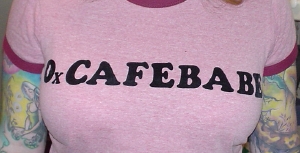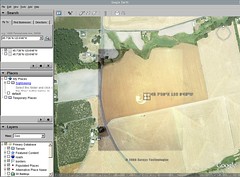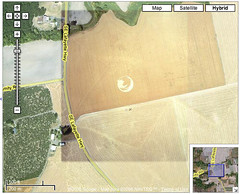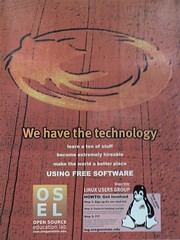Happy new year to every one of my readers out there -- have a good one!
For those who were wondering if there changed anything more than a digit (oh, how often will I write 2006 instead of -07 in the next few weeks!), here's a little rundown on what changed law-wise, in Germany and the U.S., my two countries of residence :)
In Germany, for example, starting today, young parents can get government money to replace the income reduction the get due to taking care of their baby. Some newspapers today published stories about mothers who tried to make the birth as slow as possible last night, so the child was born after midnight -- had it been born at 23:59 on New Year's Eve, they wouldn't qualify for the new government benefits...
Another thing that makes it almost sad going back home this year is the increased sales tax: Since today, Germans have to pay 19% on almost all their sales, instead of 16% before.
Another interesting one is that from now on, buying cigarettes at German cigarette vending machines is only possible with debit cards that carry the age information of the holder, so underage smokers can't easily buy cigarettes anymore.
In the U.S., some things changed as well: Apparently here in California it is now legal for beer vendors to give free samples in restaurants and bars -- which before only wine and liquor vendors were allowed to do. (-- did the former restriction make any sense? At all? I don't think so. In Germany this would, by the way, have been unconstitutional, quite likely.)
Also in the U.S. landlords now have to disclose if the place you are about to rent was ever used as a meth lab before. Not for you to start a new one ;) -- but apparently the cleanup is pretty costly because of the chemicals. Apparently that's nothing you want to move into...
Do you know anything else that has changed (in these two countries or whatever one else...) and is noteworthy? Feel free to leave a comment!


 All in all this seems to be a very interesting company to keep an eye on; and I would not be surprised if they made it on the
All in all this seems to be a very interesting company to keep an eye on; and I would not be surprised if they made it on the 








